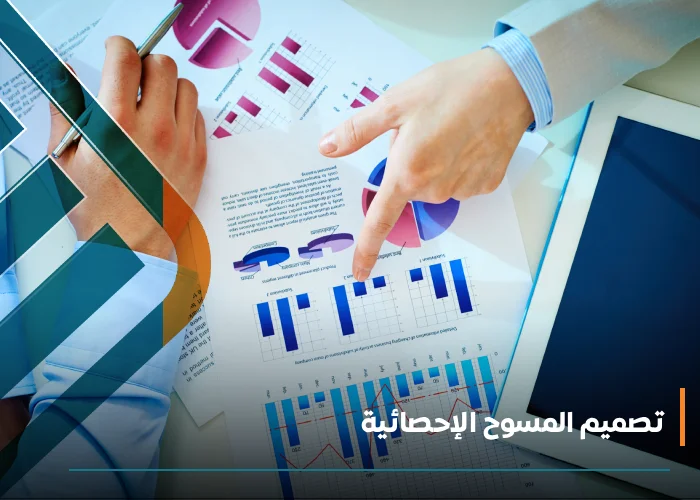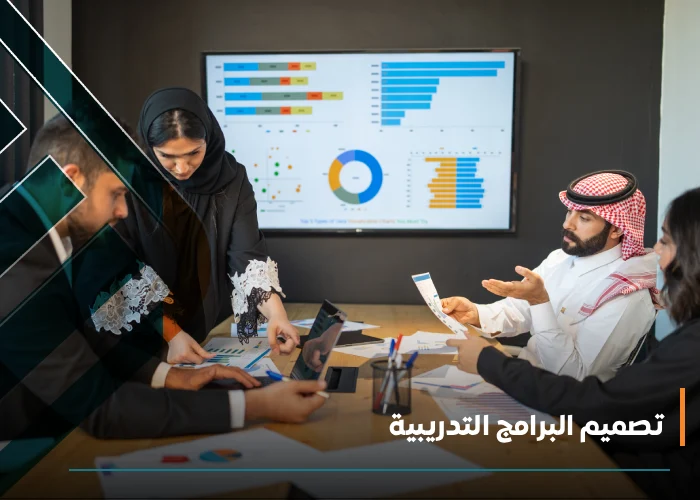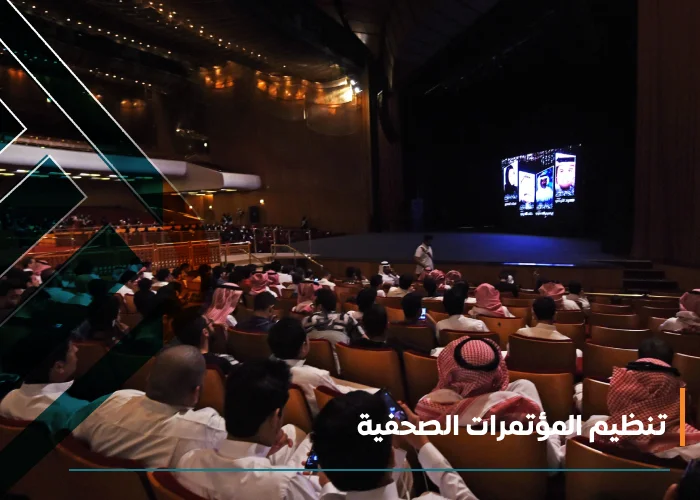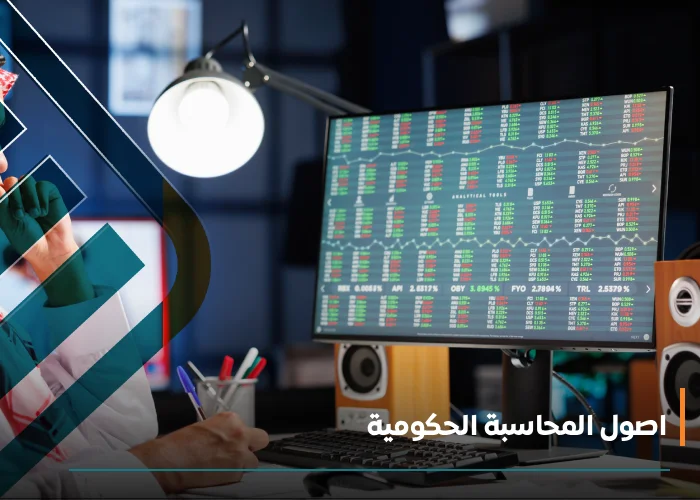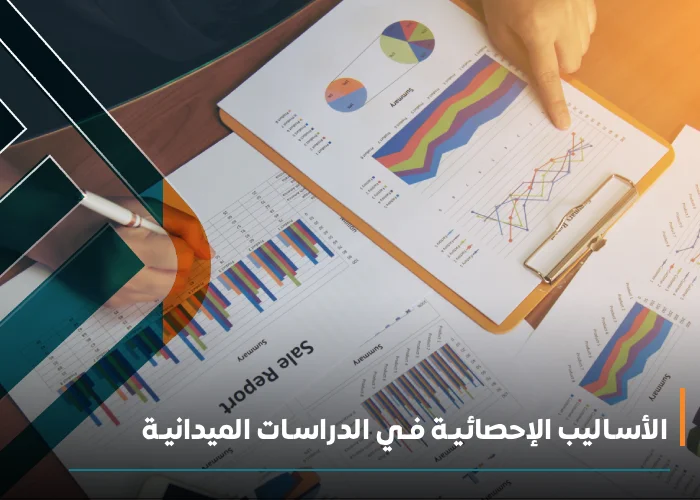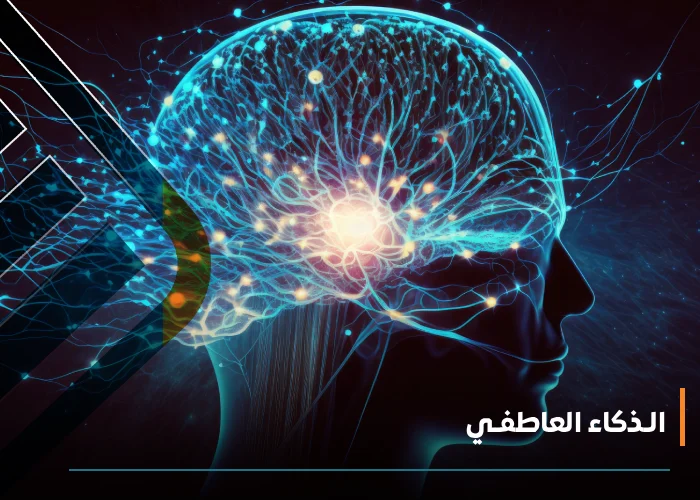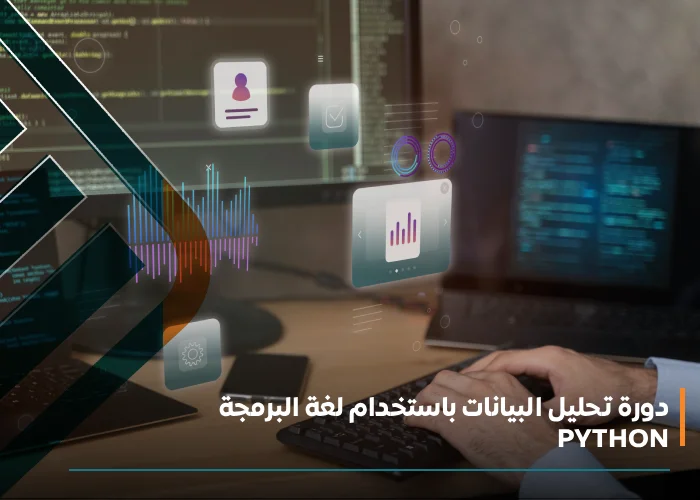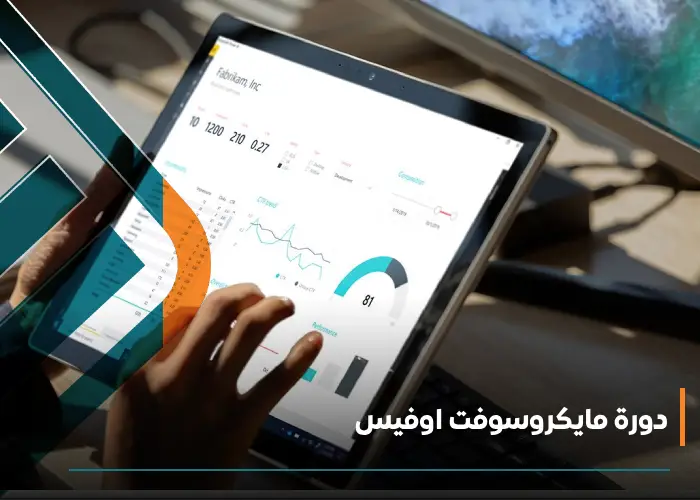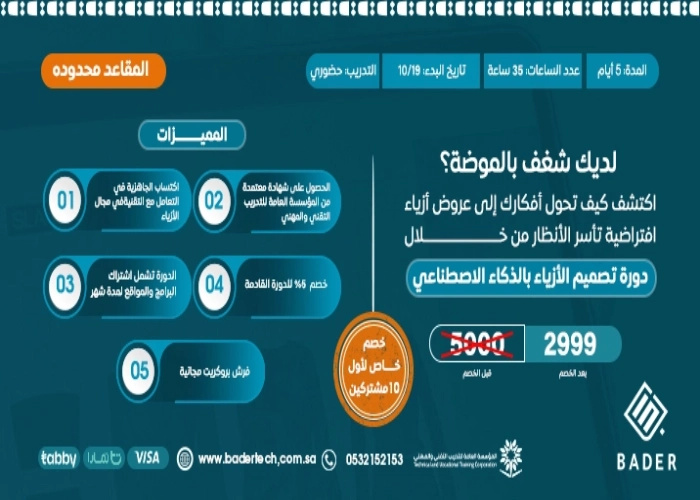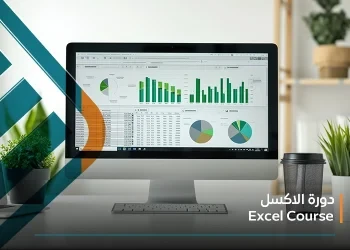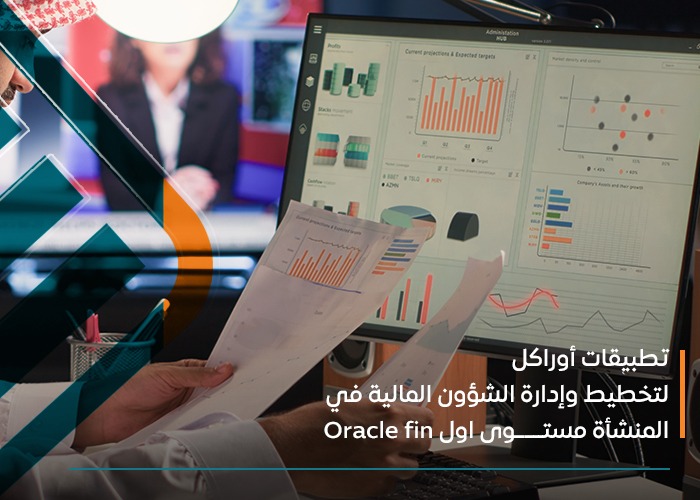
Program Objective:
Developing the trainee's skills in conducting media content analysis studies in a scientifically sound manner.
Skills the Program Aims to Develop:
Effectively and efficiently conducting media content analysis studies using scientific methods.
Objectives:
-
The concept of media content analysis studies.
-
Steps of conducting media content analysis studies.
-
Data analysis.
-
Final report of the media content analysis study.
Outcomes:
Upon completing the training program, the trainee is expected to be able to:
-
Conduct media content analysis studies efficiently and scientifically.
-
Process data for media content analysis studies using modern scientific methods effectively and efficiently.
-
Be familiar with the scientific methods for preparing the final report of a media content analysis study.
-
Understand the steps involved in conducting a media content analysis study using scientific methods.
-
Course title
Media Content Analysis -
Overall time
35 Hour -
Overall days
5 Day -
Course type
- Online
- Offline
About course
In the age of information and technology, media content analysis has become an essential tool for understanding the impact of media messages on the audience. Whether you work in journalism, marketing, or digital media, the ability to analyze media content enables you to evaluate its effectiveness and impact on public opinion.
This course presents media content analysis in both a scientific and practical way, where you will learn how to apply various analytical methods to journalistic content, advertisements, social media, and videos. The course will empower you to analyze media messages in terms of textual, stylistic, visual, and linguistic content, providing in-depth insights into how these messages affect targeted audiences.
You will learn about types of media content analysis, such as qualitative and quantitative analysis, and how to use modern technical tools for data collection and analysis. Additionally, you will learn how to code media content and interpret results accurately.
At Bader Technology Center, we provide you with the best tools and practical knowledge through integrated training that can be directly applied in the media and journalism world. An accredited certificate from Bader will open doors for you in the field of media content analysis and equip you with the necessary skills to analyze content efficiently and professionally.
Concept of Media Content Analysis
Media content analysis is the process of studying and interpreting the messages conveyed through various media platforms to understand their impact on the audience. This analysis includes examining textual, visual, and auditory content to understand the media messages and how events are presented. By analyzing media content, we can measure how media outlets influence public opinion and how media messages affect individual and societal behaviors.
Media content analysis is used in various fields such as digital media, journalism, and marketing to understand media display strategies and achieve the best results. Analytical methods range from quantitative to qualitative analysis to provide precise insights into how media messages are constructed.
Types of Media Content Analysis
Media content analysis is a vital tool for understanding the messages conveyed through various media, whether textual, visual, or auditory. The goal of analysis is to decode media messages and understand how they affect the audience. The types of media content analysis have diversified to meet the needs of researchers and media specialists, and they include the following methods:
-
Quantitative Analysis
Quantitative analysis involves collecting numerical data related to media content. This type of analysis studies the frequency of mentions of a specific topic, or the repetition of certain words or images. This method is widely used in analyzing digital media and social media platforms to measure audience engagement with content.
-
Qualitative Analysis
Qualitative analysis focuses on interpreting the content of media messages. Through this method, the researcher examines the style used in presenting topics and analyzes the underlying meanings behind words and images. Qualitative analysis helps in understanding media discourse and how it influences the audience by conducting a deep analysis of texts and messages.
-
Semantic Analysis
Semantic analysis aims to examine the hidden meanings behind words and images in the media. This type of analysis focuses on studying symbols and interpretations that may be unclear to the average viewer and is used to understand media trends and identify hidden messages that might influence public opinion.
-
Visual Analysis
Visual analysis involves examining images and videos in the media to identify non-verbal messages being conveyed. This type of analysis focuses on how colors, angles, and lighting are used to create certain impressions in the audience's mind and is an essential part of media content analysis in visual media.
-
Contextual Analysis
Contextual analysis focuses on studying the temporal and spatial context of media content to understand how social and political circumstances influence media messages. This method helps in understanding the relationship between media content and the environment in which it is published, making it easier to analyze the media's impact on the audience in specific contexts.
Tools and Techniques for Media Content Analysis
Media content analysis is a precise process that requires advanced tools and techniques to examine and study media messages scientifically. There are various media content analysis tools, including digital tools that help in collecting, analyzing, and interpreting data. In this article, we will review the most prominent tools and techniques used in media content analysis and how to apply them in contemporary media.
-
Quantitative Analysis Tools
Quantitative analysis tools are used to collect numerical data related to media content. Some of the most widely used tools in this process include:
-
Google Analytics: Used to analyze audience interaction with content on websites.
-
Social Media Analytics Tools: Such as Hootsuite and Sprout Social, which help track interactions and engagement across social media platforms.
-
Content Analysis Software: Such as NVivo and MAXQDA, which provide solutions for analyzing and classifying texts based on topics and keywords.
-
Qualitative Analysis Tools
Qualitative analysis tools are used to deeply analyze texts and media content. These tools help understand context, meaning, and the style of media messages. Some of the most prominent tools include:
-
NVivo: A powerful tool for analyzing qualitative data such as texts and videos.
-
Atlas.ti: Used for analyzing textual content and identifying patterns within media messages.
-
Dedoose: A tool that integrates text and digital data analysis.
-
Visual Analysis Techniques
Visual analysis includes examining images and videos used in the media. Techniques used include:
-
Image Recognition Software: Such as Google Vision AI, used to analyze images and understand the messages they carry.
-
Adobe Premiere Pro and Final Cut Pro: Used to analyze videos and study the effects of lighting, angles, and colors used in conveying messages.
-
Semantic Analysis Techniques
Semantic analysis techniques focus on understanding the meanings behind words and images:
-
Semantic Analysis Tools: Such as Leximancer and SentiWordNet, which are used to analyze texts and identify meanings and sentiments behind words in media content.
-
Contextual Analysis Tools
Contextual analysis focuses on studying the environment surrounding media messages:
-
Data Visualization Tools: Such as Tableau and Power BI, which help in displaying data and understanding patterns in media content within a specific temporal and spatial context.
-
Geographical Information Systems (GIS): Used to analyze media content through interaction with geographic locations and identifying contextual impacts.
Bader Technology Center: Comprehensive Training in Media Content Analysis
At Bader Technology Center, we offer specialized training courses in media content analysis using the latest tools and techniques. Through practical training, you will learn how to use these tools to analyze media messages and receive accredited certificates that open new opportunities for you in the field of digital media analysis.
Develop your skills in media content analysis with Bader Technology Center now and gain the necessary training to use quantitative and qualitative analysis tools and understand how media messages impact the audience.



